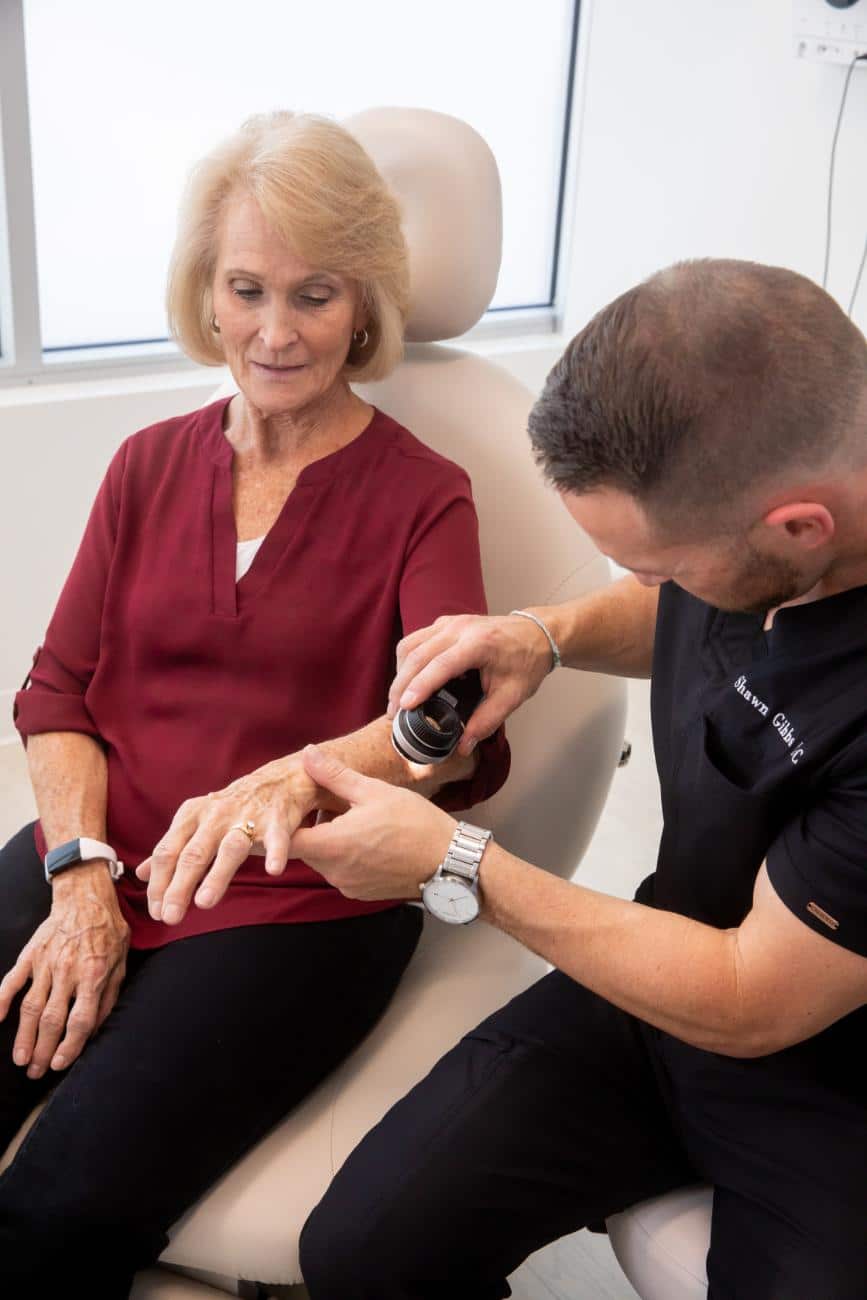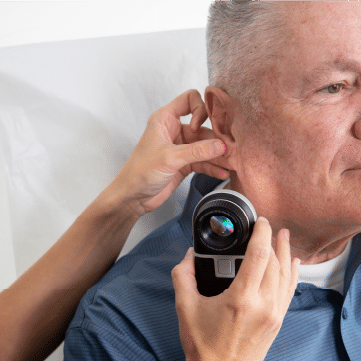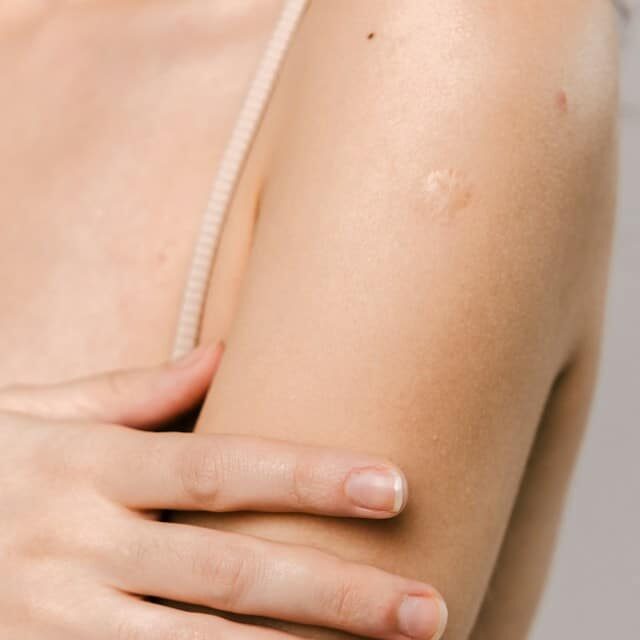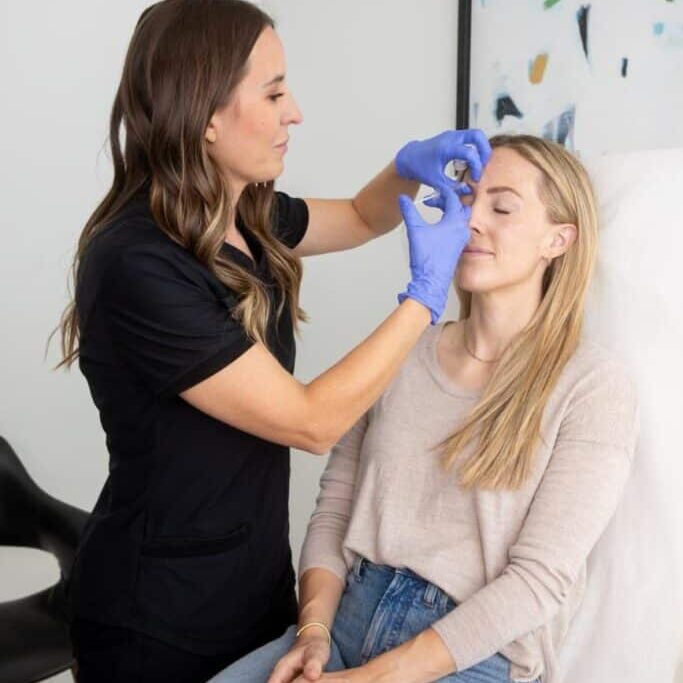Unveiling the Mysteries of Your Skin: Why Regular Dermatology Checkups Are Essential
Why Choose Us
Beyond Mole Detection
While early detection of skin cancer is our primary concern, our skin checks offer a wealth of other benefits:
Peace of Mind
Comprehensive Assessment
Personalized Recommendations

Frequency of Checkups
Age
Younger individuals may require less frequent checkups, while older individuals may benefit from more regular screenings.
Moles
Individuals with numerous moles or history of dysplastic moles may require more frequent monitoring.
Family History
A family history of skin cancer increases your risk and may necessitate more frequent checkups.
Sun Exposure
History of blistering sunburns or extensive sun exposure may require more frequent exams.
Immune Health
History of immunosuppression and transplant patients require more frequent monitoring as well.




